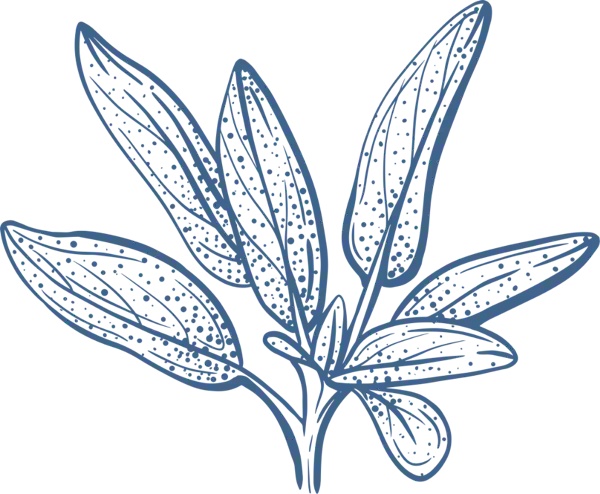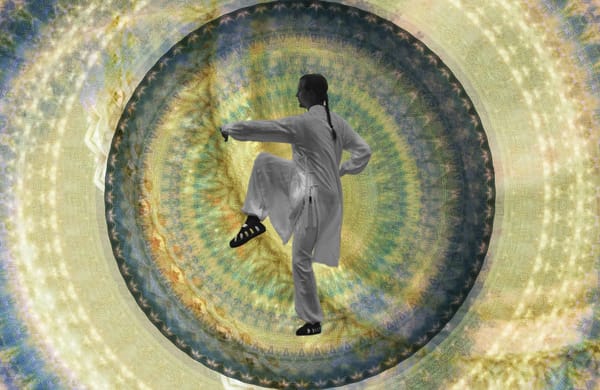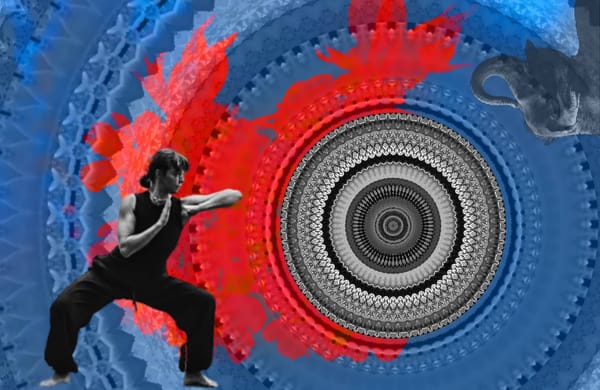What are Internal Arts?
All internal arts have a foundation in natural principles. They should make you feel at ease and right. But this doesn't mean that they are easy or that you don't have to work hard.

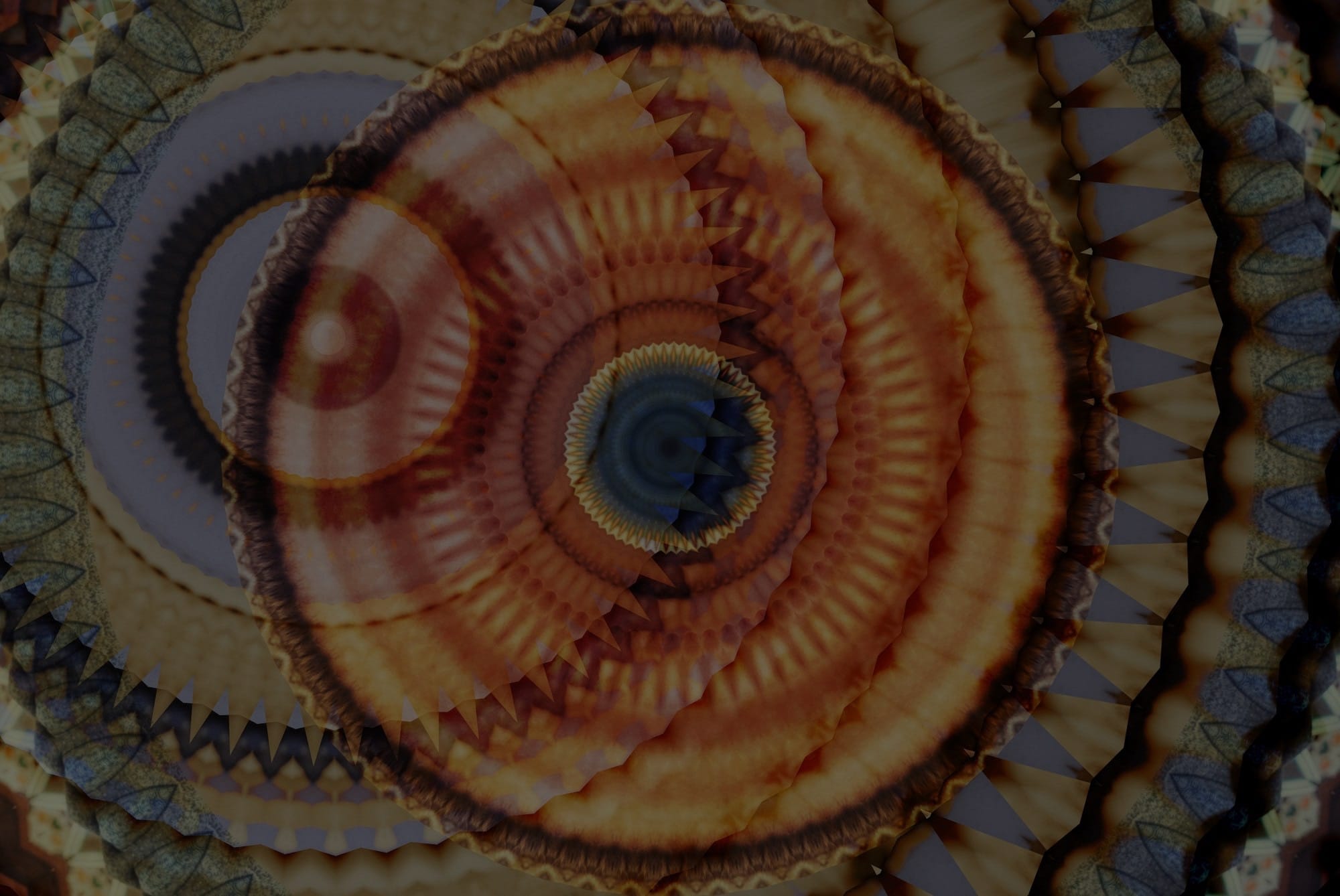
All internal arts have a foundation in natural principles. They should make you feel at ease and right. But this doesn't mean that they are easy or that you don't have to work hard.
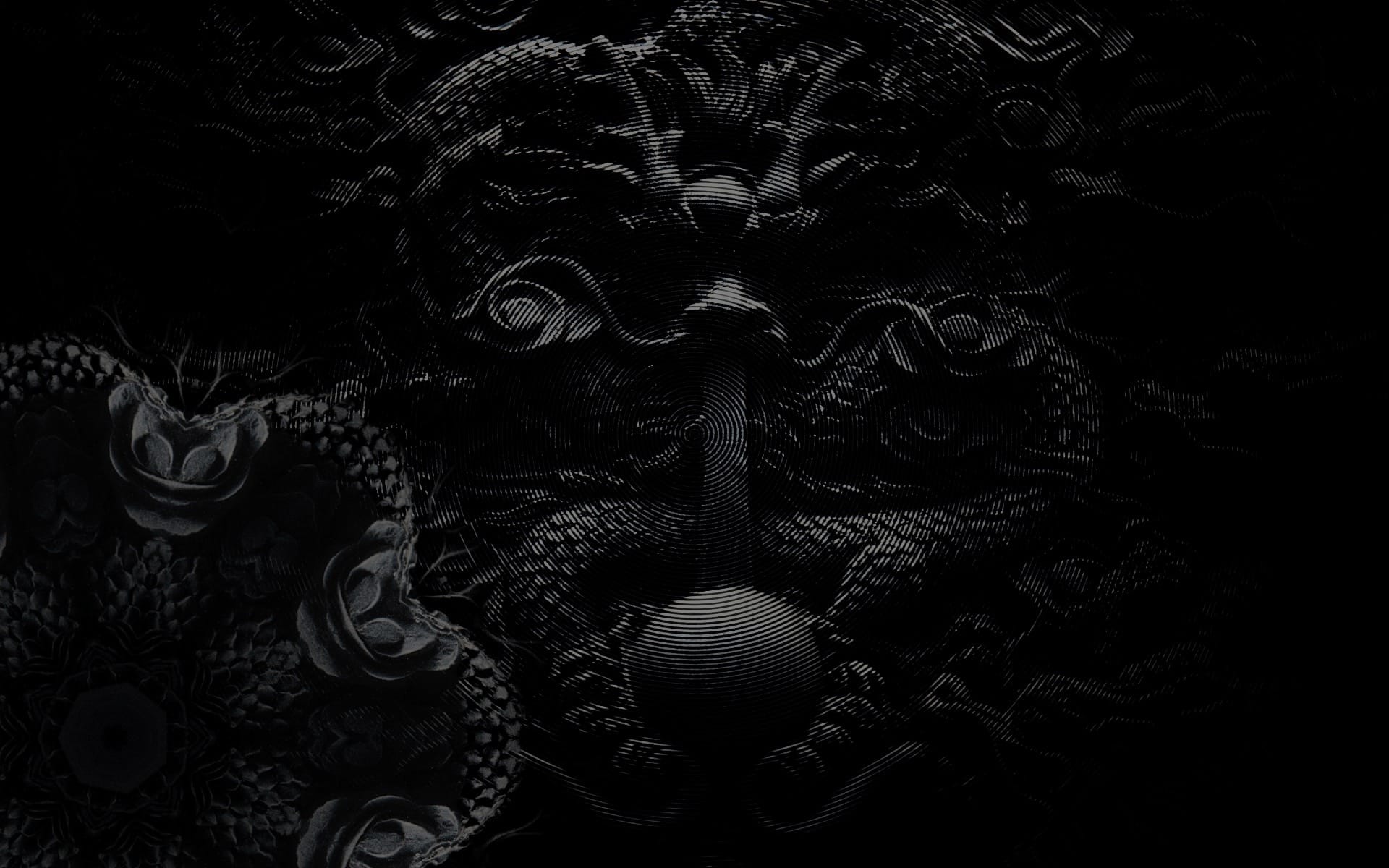
Baguazhang's integration of Yin and Yang, the Five Elements (Wuxing), dynamic body mechanics and martial art strategies is invaluable not only for those starting their journey in internal arts, but also for experienced practitioners seeking to refine their skills to maintain a dedicated self cultivation routine.
Internal and External
Discussing internal arts, one can perceive many practices as internal arts, with concepts that may differ subtly between schools and doctrines. It is not accurate to say that Shaolin represents external arts while Wudang schools represent internal arts. Both traditions include and teach internal arts. Training might be different at each school,
but it's less about the style and more about whether the focus is on performance-based training or on individualized, non-competitive training. The internal arts can be difficult to comprehend from an external perspective. Therefore, the more one focuses on performance, the more it focuses on external arts.
Our emphasis is on the Daoist perspective of internal arts, which is founded on these three pillars:
- Bù fǎ 步法 – Basic stances and positions
- Shēn fǎ 身法 – Internal coordination of moving the body*
- Jiě zòu 解奏 – Harmonious rhythm and control*
*The translation emphasizes conveying the Daoist understanding rather than attempting a literal interpretation.
The initial goal is to build up the body, which is accomplished by practising Bùfǎ. As one progresses, the understanding of internal coordination emerges (Shēnfǎ), bringing Taiji* to the forefront. This evolution then allows the student to delve deeper, unravelling the harmonious rhythm (Jiězòu) between breath, movement, steps, and intention.
*Tài jí 太極 – The concept of Taiji is often translated as “Supreme Ultimate” or “Great Ultimate”. Other interpretations include “Supreme Pole”, “Great Absolute”, and “Supreme Polarity”. It's a fancy way to describe the ideas in the I-Ching or Book of Changes, especially the ideas of Yin and Yang, which is the foundation for the Wuxing and Bagua theory.
Here is our extensive work on the Yin and Yang principle
Understanding the concept of Yin and Yang is crucial in the practice of internal arts like Taiji, Qigong, and Baguazhang. These disciplines draw heavily from Chinese philosophy and medicine, with Yin representing qualities like softness and receptivity and Yang embodying strength and activity. Mastery of these principles is a key element for achieving balance and harmony within the body, ensuring the proper flow of Qi (energy), refining body mechanics, fostering self-awareness, and optimising martial techniques. In addition, it promotes relaxation and stress reduction, underpinning the holistic approach of internal arts to physical and mental well-being.
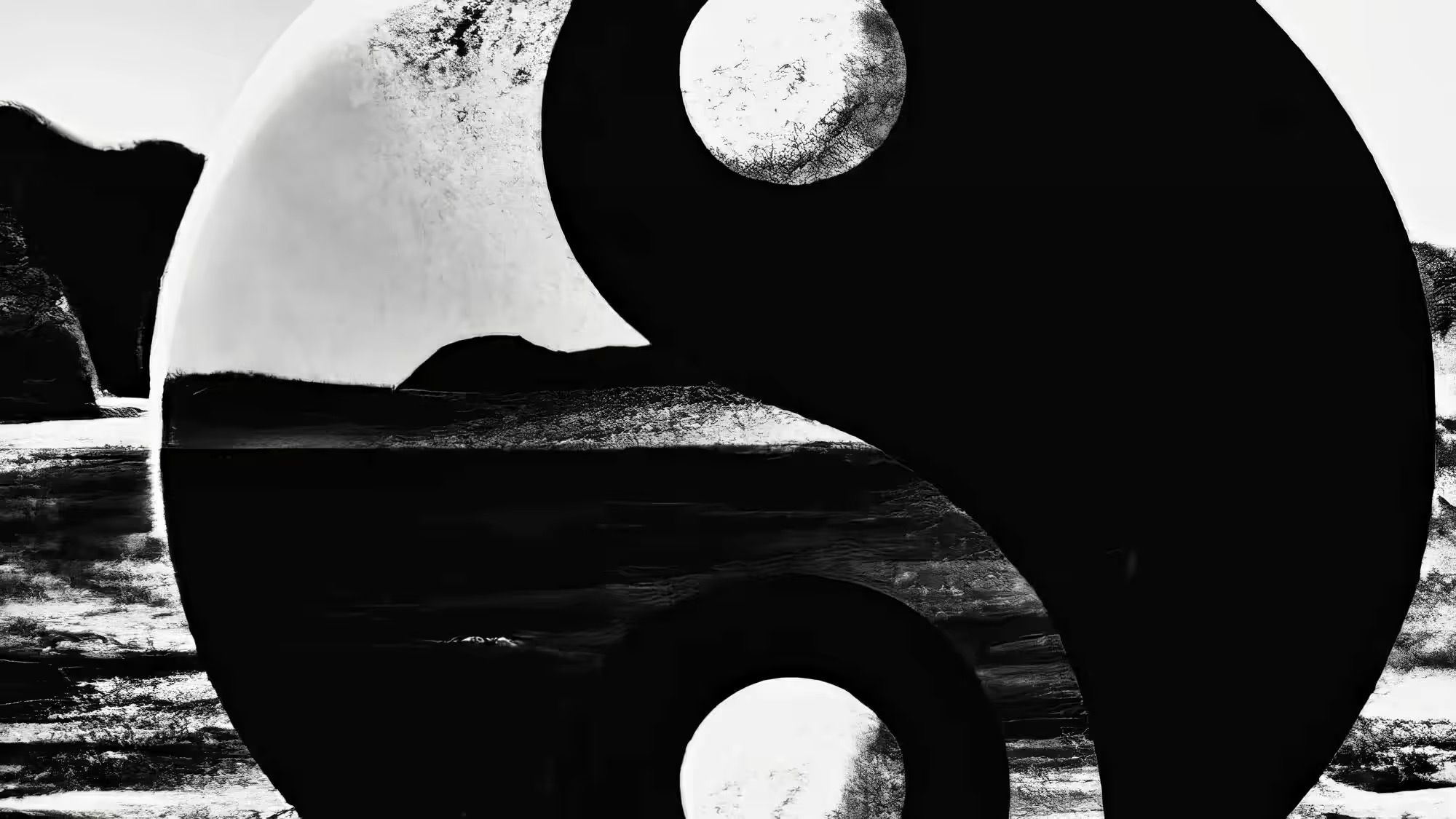
A in-depth understanding of Yin and Yang serves as the cornerstone for practitioners to cultivate and integrate the essential elements of these ancient practices into their lives.
Tài jí quán 太极拳 is the method and practice of making use of the Yin and Yang principles.
Every time there is a “quán” at the end, it indicates the method or practice.
The principle of Yin and Yang always implements directions that run through the whole body. Our breathing rhythm is connected to the direction of up and down. These directions also decide when we need to work hard and when we can relax.
The many forms of internal movement
Tài yǐ 太乙 is frequently mistaken for Taiji. Broadly speaking, Taiji emphasizes harmonising each motion with the principles of Yin and Yang, whereas Taiyi involves rhythmically alternating between Yin and Yang. Picture two cups of water: one full and the other empty. In Taiji, the aim is to balance the water evenly between the two cups, while in Taiyi, we continuously transfer all the water from one cup to the other to avoid imbalance.
Fā lì 发力 is a concept of the Taiyi principle about the application of explosive power. It is of fundamental importance for combat applications as well as breathing exercises.
Both Taiji and Taiyi emphasize the importance of maintaining a consistent “flow” within their respective rhythms. In Taiji, the pace is steady, like a river flowing down a mountain without changing its speed. In contrast, Taiyi embodies a constantly changing tempo, reminiscent of the wind whistling through valleys – accelerating as it descends from cliffs and slowing as it glides over the valleys.
Wǔ xíng 五行 The principle of the five elements, is integrated into some internal arts, building upon the foundational Yin Yang concept. It emphasizes alignment with elemental characteristics. For instance, a flat palm strike is associated with the water element and is most effective when directed against the heart (symbolizing fire). The movements are often designed to strengthen the organs and promote individual health. The Wuxing theory teaches us that we are connected to nature.
Read all about Wuxing here
Understanding the concept of Wuxing, or the Five Elements, holds significant importance in various aspects of Chinese culture and internal arts such as Taiji, Qigong and Baguazhang. These elements—Wood, Fire, Earth, Metal, and Water—symbolize the fine balance found in nature and serve as a guiding principle for practitioners. Knowledge of Wuxing helps individuals harmonise their internal energies, fostering health and healing through traditional Chinese medicine, while also influencing martial arts techniques and strategies, aligning practices with seasonal changes, deepening philosophical insights, and strengthening the mind-body connection.
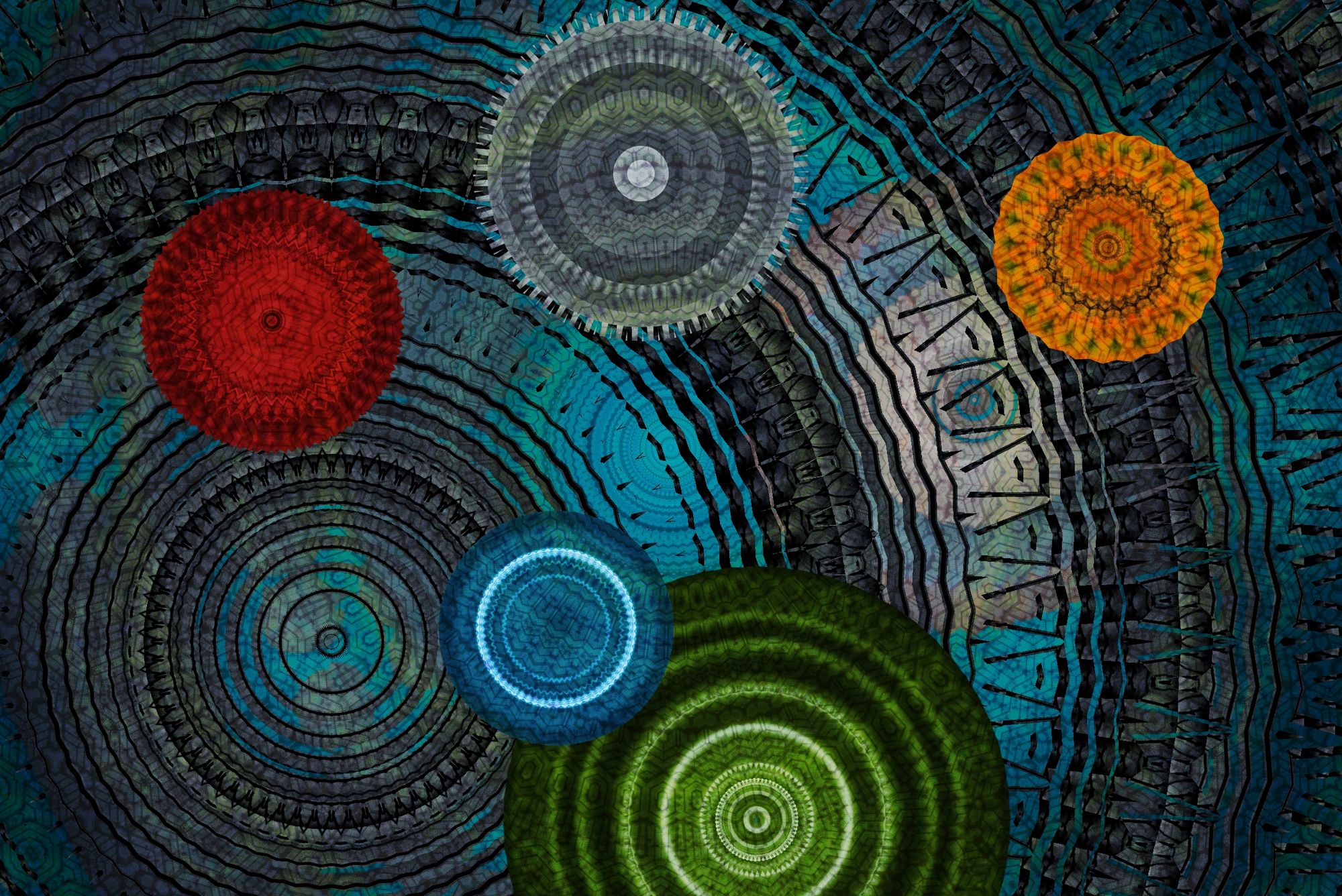
Wuxing provides a comprehensive framework for practitioners to achieve balance, wellness, and a profound connection to oneself and the surrounding.
Bagua and the Internal Arts
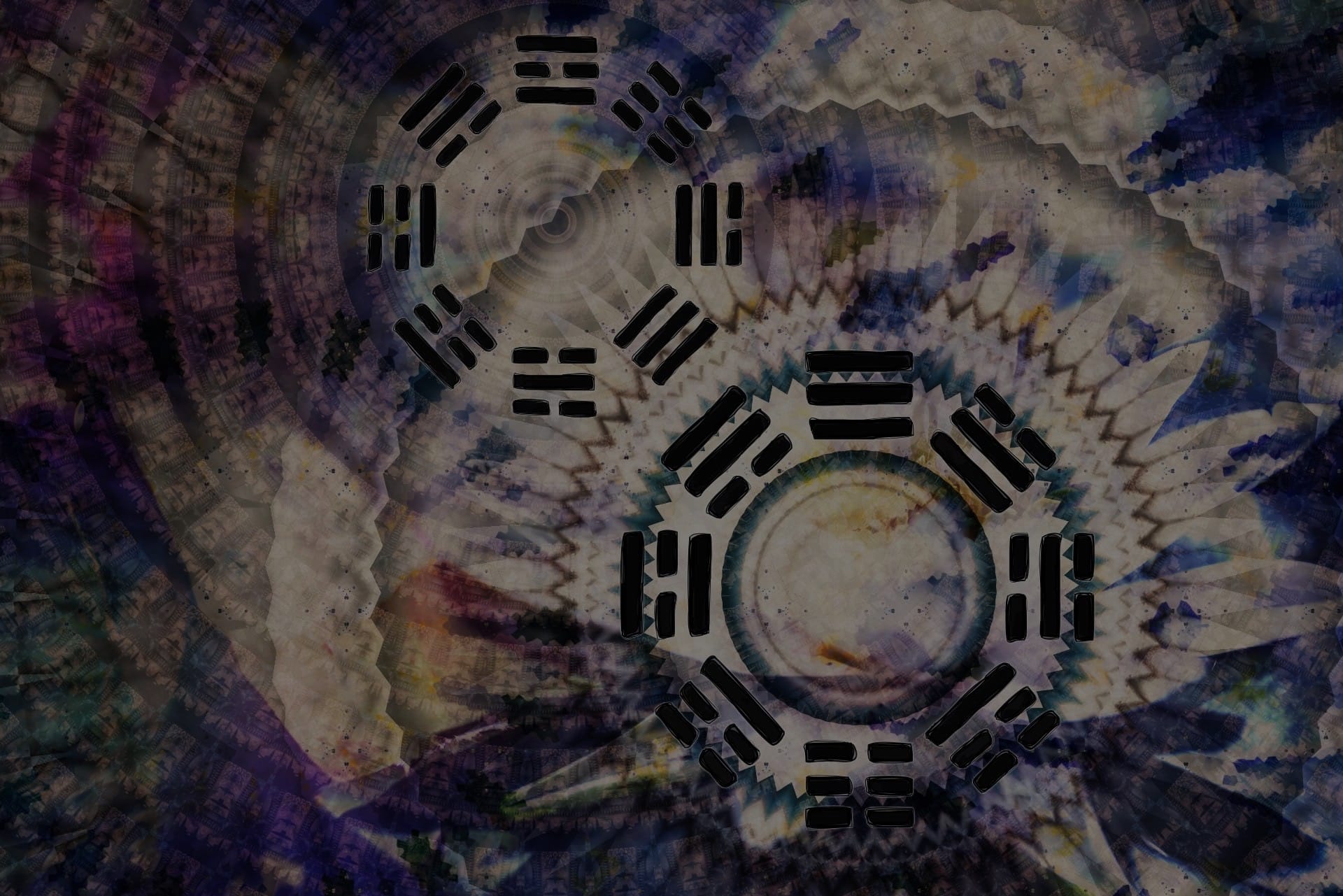
Bagua provides us with a comprehensive framework for efficient and harmonious movement, enhanced martial effectiveness, and a deeper connection to ourselves
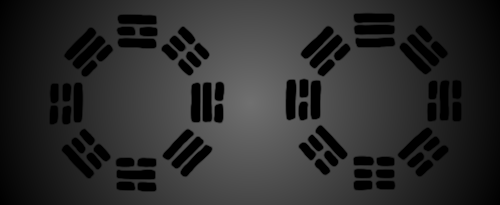
There are many more internal arts, but all of them are based on these principles and are adaptations/extensions from the above!
The theory of Bagua is a multifaceted framework encompassing key principles and concepts that guide this internal martial art. Rooted in the philosophy of Yin and Yang, Baguazhang emphasizes the harmonious balance of opposing forces and incorporates circular footwork, continuous flow, and the practice of eight fundamental palm changes, each with specific martial applications.
This art integrates Taoist philosophy and principles of Qi cultivation, promoting both physical and mental well-being. Baguazhang practitioners also embrace the concept of embracing the centre, maintaining stability and adaptability in their movements. Additionally, the influence of the I Jing and an emphasis on personal growth and self-cultivation make Baguazhang a profound martial art.

Understanding the key factors of Bagua and being able to work with them is the first step one should try to comprehend before moving further in the material and we already have a thoroughly researched article about that!
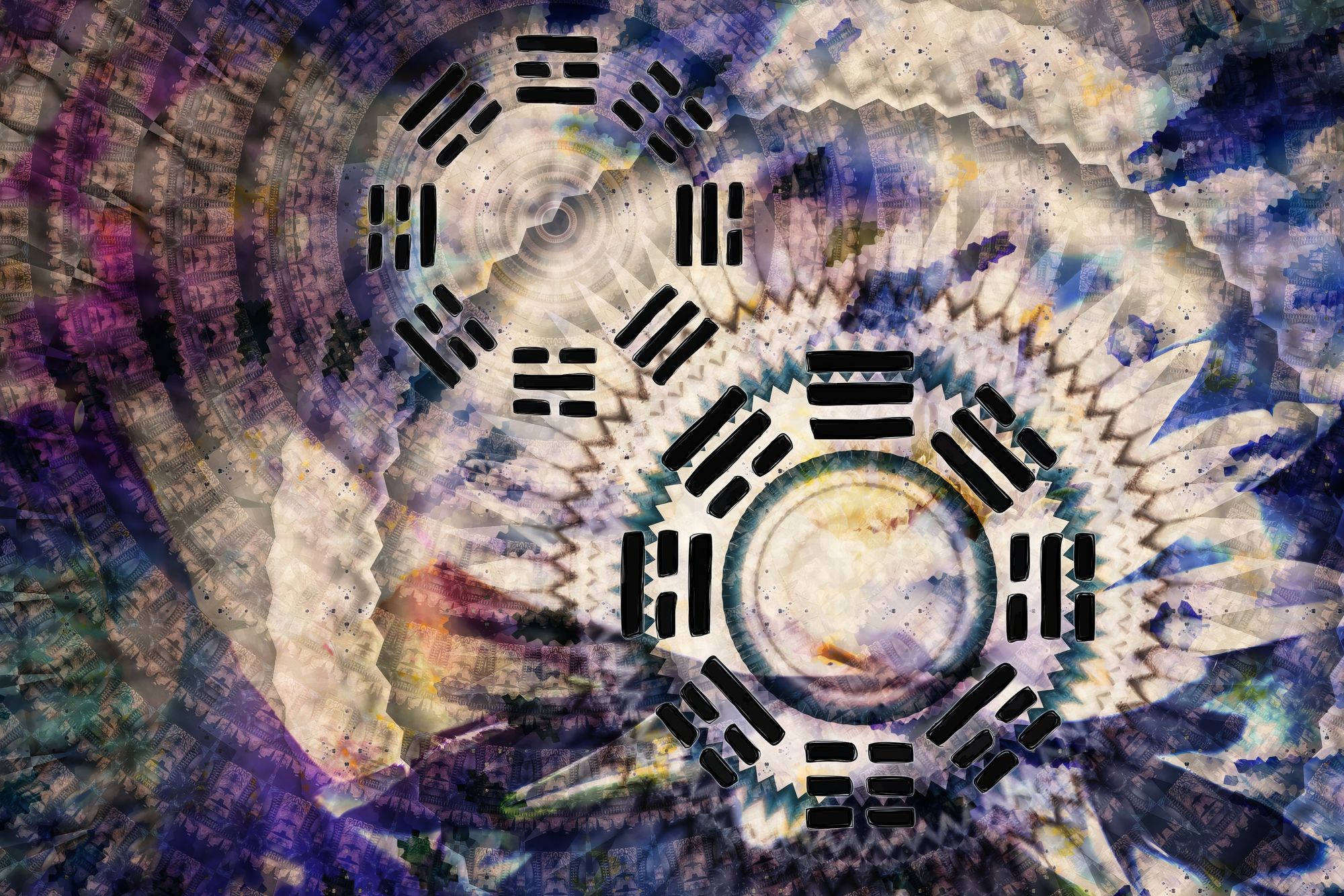
Begin with the Circle Walking Neigong Practice
The Bagua Circle Walking Neigong is a very profound meditative exercise that requires one to suspend thought and acclimatise to a state of relaxation while moving. You can learn it quickly, but it takes a lot of time to master it. The effect is very intense almost immediately,
even for those who are new to the concept of relaxation and internal power. Bagua circle walking has calming effects on women, strengthening their yin qualities and pacifying their yang. For men, the effect is an energising one through the cultivation of Yang and the balancing of Yin.

Follow this link to learn the neigong pracitse!
Bagua Circle Walking is used to balance the internal energies of females and energise males.
The starting point is always north – the water element, which is opposed by south – the fire element.
The Later Heaven Sequence is based on the opposites, and therefore involves the transformation of these opposites. It's also not a coincidence that we always turn our central axis, which is the Triple Burner Meridian (San Jiao), so we get warm quickly during the practice.
By turning our axis, we can use the concentrated energy to focus it into our Baihui, the highest head point, as well as into our hands and feet to connect them with our movements which are controlled from the Dantian.
The effects of Baguazhang practice will intensify as one builds up their own inner strength through Neigong practice. The circle doesn't produce energy for you, you just bring it along as a token to cultivate your energy during the practice.
Let's not confuse this: the stronger you are energy-wise, the more refining benefits you will have from the practice.
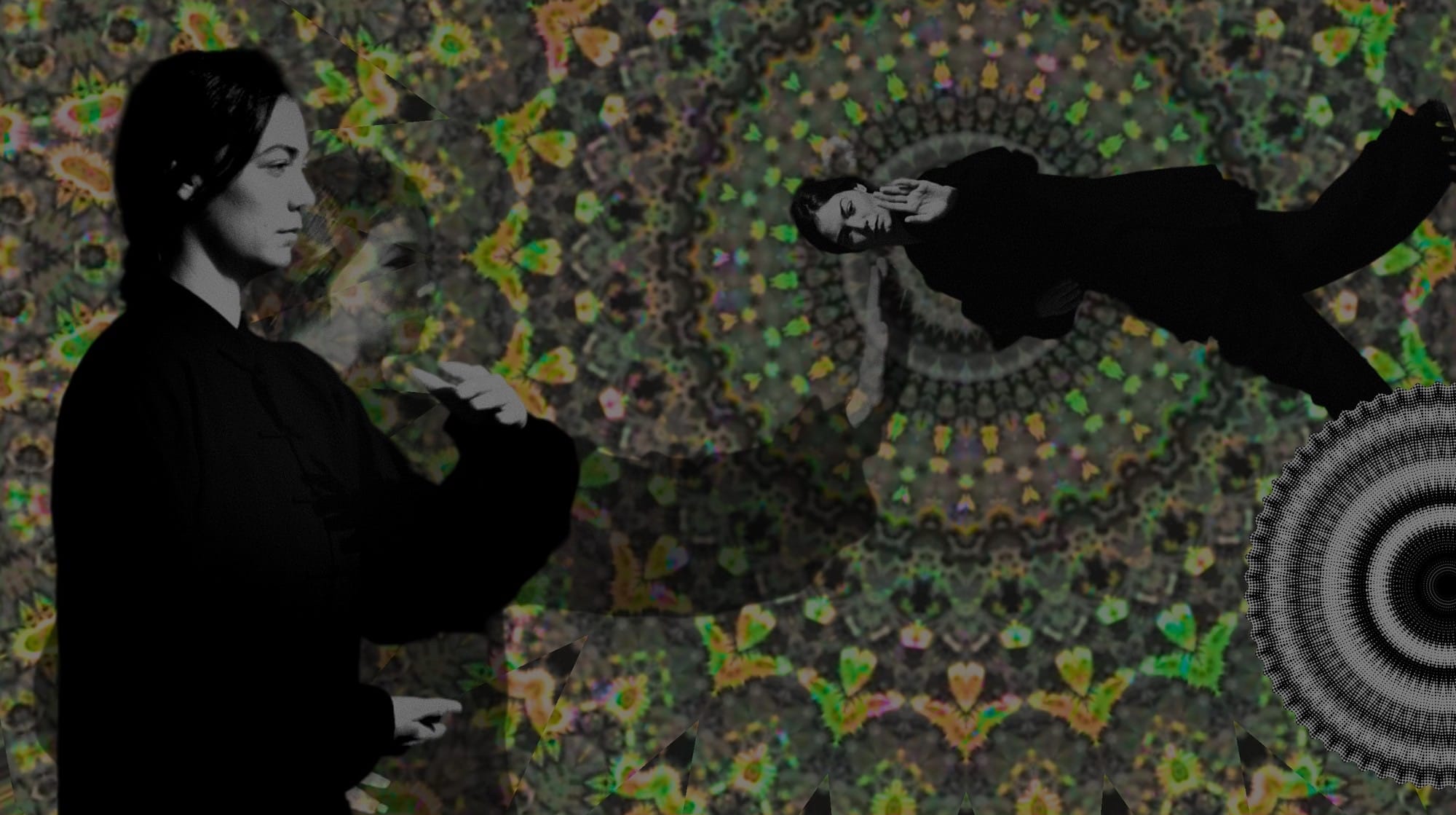
The Pillars of all Internal Arts
As a fish would do in water, synchronising with the current, in Baguazhang, the stream is centripetal (toward the centre) and the surrounding transformations are supported by the strength and relaxation of the practitioner. The essence of Baguazhang lies not in reaching the centre, but in the changes that take place around it. Seamless transitions between positions are essential, to ensure there is no resistance in the flow. The unique part of Baguazhang is walking in circles all the time, and leaning towards the centre, unlike in Taijiquan, where one needs to focus more on stabilising the gravity centre. Laozi describes how we should act within our environment in the *Daodejing*, and the same can be said for Baguazhang.
We are currently translating the Daodejing with popular interpretations and proving the meanings of the characters along with it, so you may understand for yourself. You'll definitely see more chapters in the future.

See for yourself.
Learning Baguazhang
Within the form, we are creating a circular structure that stabilises itself and the environment.
Bāguàzhǎng 八卦掌 The eight trigram palms are eight forms that include all the principles mentioned above. Additionally, this practice is the most direct embodiment of the teachings from the I-Ching. The circle plays a crucial role in the quest for immortality within Baguazhang. Beginning at the north, represented by the water element, Baguazhang aligns nature with the influence from the circle's centre. As practitioners traverse the circle, they consistently transition from one element to another, ultimately returning to the infinite.
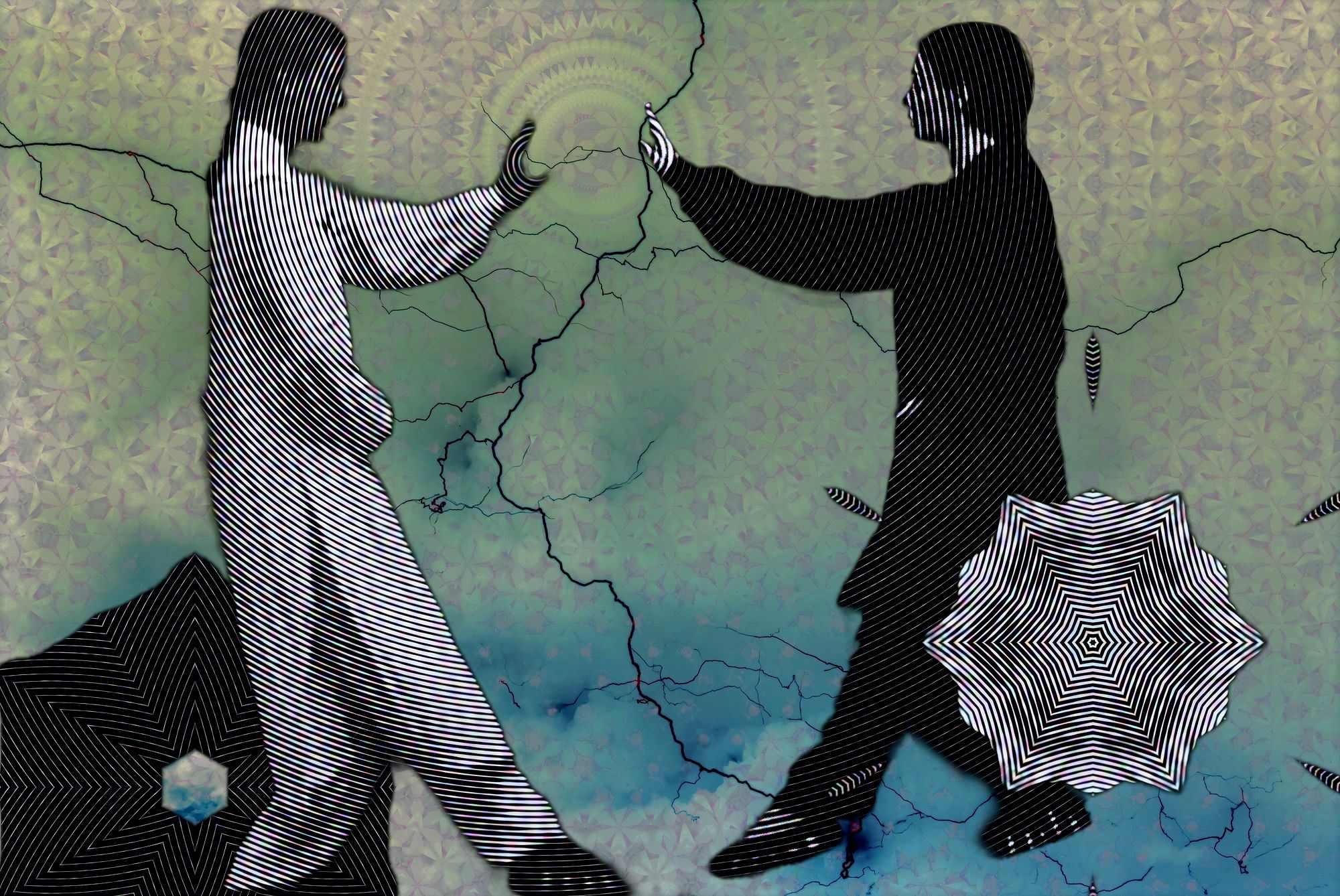
Don't miss out on this in-depth tutorial on Baguazhang!
Three crucial focus points:
- First of all, figure out how to step correctly. Use the circle walking tutorial above to improve your skills.
- When you have established a good flow in circle walking, you should direct your eyes on the yang hand. (The hand that leads with action).
- Once you have mastered the skill of synchronising your hands with your eyes, it is time to incorporate the principles of Fali. This involves incorporating certain movements explosively for increasing the pace and then easing into relaxation, allowing for a smooth glide through transitions.
Fali is a very complex concept in itself, and there will be extra classes on that shortly!
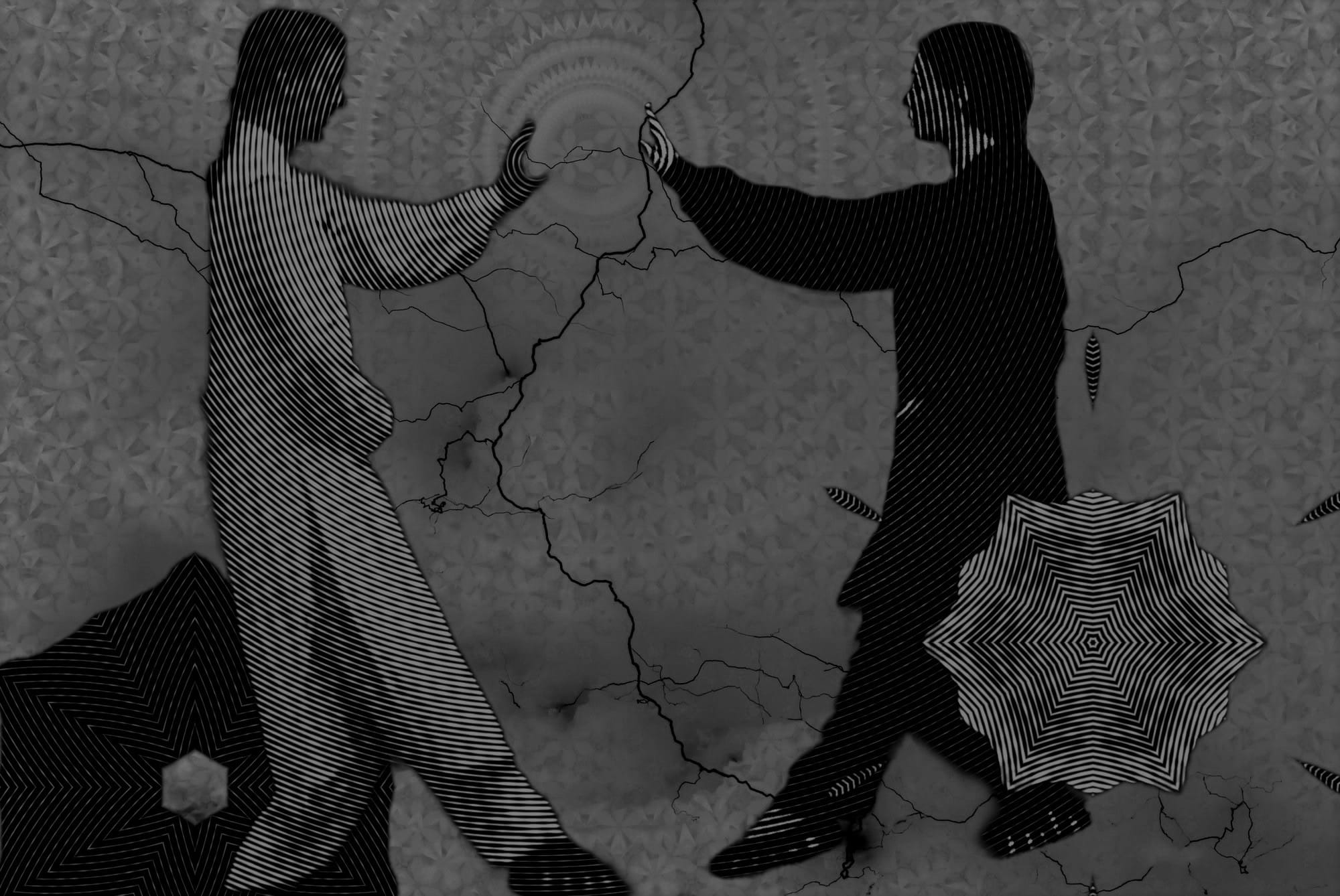
Mastering Baguazhang On Discord
Sage.Founder Members have the opportunity to receive guidance from us via our Discord channel!
Read more here!